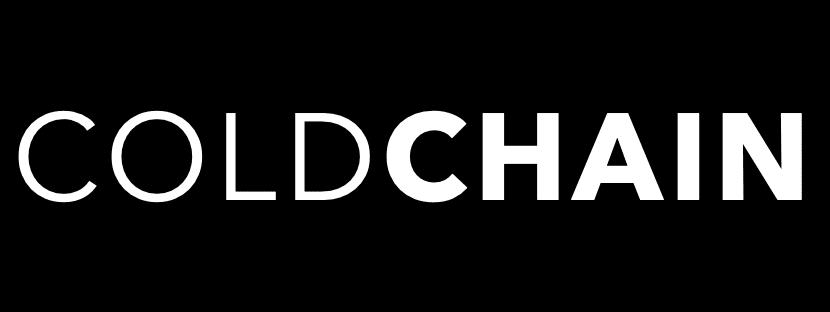
In the ever-evolving landscape of technology and the internet, Web3 has emerged as a transformative force, promising to revolutionize the way we interact online. Central to the success of Web3 is the concept of “blockspace,” a term that has gained significant attention in recent times. In this article, we will delve deep into the concept of blockspace and explore its potential impact on the future of Web3.
Table of Contents
- Introduction to Web3 and Blockspace
- Understanding the Blockchain Ecosystem
- What Exactly Is Blockspace?
- Scalability Challenges in Web3
- Blockspace Solutions and Innovations
- The Decentralized Internet of the Future
- Blockspace and Digital Ownership
- Smart Contracts and Blockspace
- The Role of NFTs in Expanding Blockspace
- Security and Trust in Web3 with Blockspace
- Blockspace in DeFi: A Game Changer
- Web3 and Blockspace in Social Networks
- Governance and Blockspace
- The Environmental Aspect of Blockspace
- Conclusion: A Paradigm Shift in Web3
Introduction to Web3 and Blockspace
Web3 represents the next phase of the internet, where decentralization, blockchain technology, and user empowerment take center stage. It promises a shift from centralized platforms to decentralized networks where individuals have greater control over their data and digital assets. At the core of this evolution lies the concept of blocWhat is Blockspace and how will it impact Blockchain & Crypto?kspace.
Understanding the Blockchain Ecosystem
To comprehend blockspace fully, we must first understand the blockchain ecosystem. Blockchains are distributed ledgers that record transactions across a network of computers, providing transparency, security, and immutability. This ecosystem forms the foundation for Web3.
What Exactly Is Blockspace?
Blockspace refers to the finite digital real estate within a blockchain where data, transactions, and smart contracts are stored. It’s like the land on which a city is built. As more transactions occur, blockspace becomes increasingly valuable and scarce.
Scalability Challenges in Web3
One of the significant challenges facing Web3 is scalability. As more users join decentralized networks, blockspace becomes congested, leading to slower transactions and higher fees. This issue can hinder the widespread adoption of Web3.
Blockspace Solutions and Innovations
In response to scalability challenges, innovative solutions like layer 2 scaling solutions and sharding are being developed to expand blockspace and improve network efficiency.
The Decentralized Internet of the Future
Blockspace plays a pivotal role in creating a truly decentralized internet where users have control over their digital identities and assets, reducing reliance on centralized authorities.
Blockspace and Digital Ownership
In Web3, individuals have true ownership of their digital assets. Blockspace ensures the secure storage and transfer of ownership, revolutionizing the concept of digital property.
Smart Contracts and Blockspace
Smart contracts, self-executing agreements on the blockchain, rely on blockspace for their execution. These contracts have the potential to automate a wide range of processes, from financial transactions to legal agreements.
The Role of NFTs in Expanding Blockspace
Non-fungible tokens (NFTs) have gained immense popularity for their uniqueness and authenticity. They utilize blockspace to represent ownership of digital collectibles, art, and more.
Security and Trust in Web3 with Blockspace
Blockspace’s immutable nature enhances security and trust in Web3 applications, making it difficult for malicious actors to manipulate data or transactions.
Blockspace in DeFi: A Game Changer
Decentralized finance (DeFi) relies heavily on blockspace for its operations. DeFi platforms utilize smart contracts on the blockchain to provide financial services without intermediaries.
Web3 and Blockspace in Social Networks
Decentralized social networks are emerging, offering users more control over their data and interactions. Blockspace ensures the security and privacy of these platforms.
Governance and Blockspace
Blockchain-based governance systems use blockspace to record and execute decisions, enabling transparent and democratic decision-making processes.
The Environmental Aspect of Blockspace
As the environmental impact of blockchain mining becomes a concern, efforts are underway to make blockspace more energy-efficient and sustainable.
Conclusion: A Paradigm Shift in Web3
In conclusion, blockspace is the bedrock upon which the future of Web3 is built. Its role in addressing scalability, enhancing security, and enabling digital ownership cannot be overstated. As we navigate this exciting digital frontier, blockspace will continue to evolve, shaping the way we interact, transact, and govern in the decentralized world of Web3.
FAQs
- What is Web3, and how does it differ from Web2? Web3 represents a decentralized internet where users have greater control over their data and digital assets, in contrast to the centralized nature of Web2.
- Why is blockspace important for Web3 applications? Blockspace is essential as it provides the storage and execution capacity for transactions, smart contracts, and digital assets in Web3.
- How can blockspace contribute to reducing the environmental impact of blockchain technology? Efforts are underway to make blockspace more energy-efficient, which can help mitigate the environmental concerns associated with blockchain mining.
- What are some examples of NFTs utilizing blockspace? NFTs are used for digital art, collectibles, virtual real estate, and even ownership of in-game items in the gaming industry.
- What is the potential timeline for widespread adoption of Web3 and blockspace technologies? The timeline for widespread adoption can vary, but as scalability and usability challenges are addressed, we can expect gradual adoption over the coming years.



